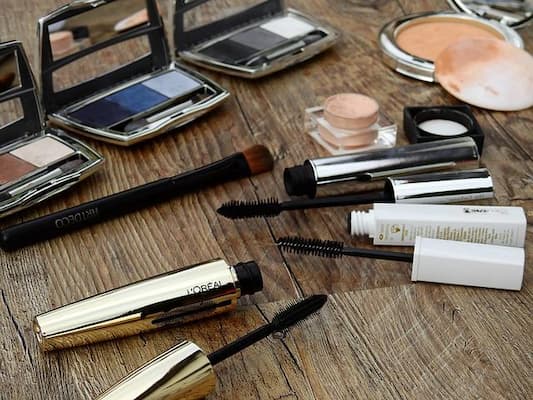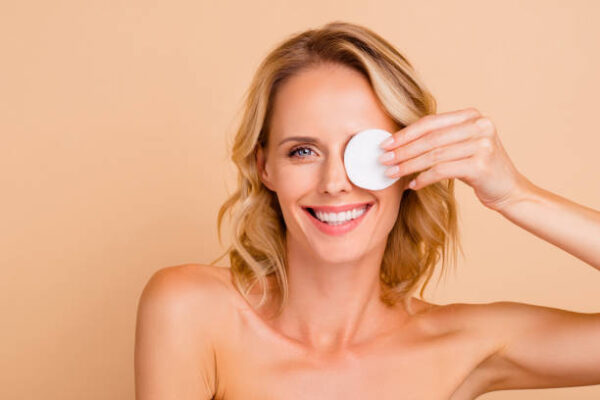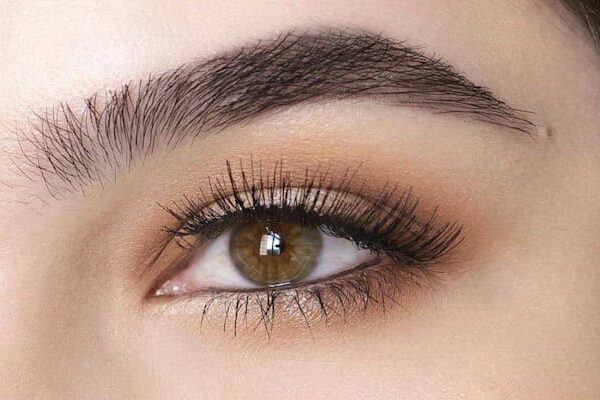A balanced appearance on one’s face, or facial symmetry, frequently has the effect of making a person appear emotionally stable and content. Asymmetry is the term used to describe characteristics on either side of the face that do not exactly mirror one another.
On their face, almost everyone has some degree of asymmetry. But some asymmetry is more obvious than other asymmetry. Asymmetry can be caused by trauma, aging, smoking, and other conditions. The muscles of the face may be weaker on one side if one side of the face is noticeably smaller than the other. So,how do I make my face more symmetrical?
Table of Contents
What Is A Symmetrical Face?
A face that is totally symmetrical has the identical characteristics on both sides. This does not apply to moles or age spots, which are normal and an important component of your individuality and beauty. Your face’s main features should line up evenly on both sides of your face. An asymmetrical face may be the result of the following characteristics:
- eyes with varying heights
- mouth’s corners are angled unevenly.
- more facial creases on one side
- various cheek sizes
- Uneven lips when smiling Different angles of the brows
There are a variety of natural facial exercises you can do to balance out your face and wake up feeling completely in sync, even if asymmetrical faces may be the result of lifestyle decisions, food, or even hormone levels.
A Person Not Has A Symmetrical Face, Why?
Dental Surgery
Tooth extraction can change the way facial muscles are displayed. Facial contours can also be altered by using dentures or dental veneers. The results are not always symmetric.
Genetics
Sometimes asymmetrical faces are just a result of development and genetics. Cleft lip and palate and vascular diseases are genetic health conditions that are underlying causes of asymmetric features.
Damage Of Sun
Exposure to UV light can cause spots, patches and moles to appear on the skin as we age. Sun damage is rarely evenly distributed across the face, especially if you wear a baseball cap outside, work outside, or spend a lot of time driving. Sun damage can cause damage to one side or area of the face.
For Smoking
Since smoking exposes the face to toxins, it makes sense that smoking is associated with facial asymmetry.
For Aging
Facial asymmetry increases with age. It’s a natural part of aging. While bone growth stops at puberty, cartilage continues to grow as we age. This means that ears and noses grow and change with age, which can lead to asymmetries.
Lifestyle Habits
Some people believe that sleeping on your stomach or with your face propped against a pillow, sitting with your legs crossed in the same direction for long periods of time, poor posture, and resting your face against your hands all contribute to facial asymmetry.
Injury – Childhood or adult trauma or injury to the face may result in asymmetry. Injuries such as a broken nose or deep cuts can cause facial asymmetry.
Read about: Discover How To Wear A Bonnet That May Surprise You – Make Up Is My Art
Stroke
Drooping of the face is a sign of stroke. If a person’s smile is suddenly uneven or one side of their face is numb, they should seek immediate medical attention. Other symptoms of a stroke include numbness or weakness in the arm and difficulty speaking.
Torticollis
Also known as “twisted neck”, torticollis refers to the abnormal positioning of the muscles in the neck. Sometimes torticollis occurs in utero, resulting in facial asymmetry at birth. Weakness in the eye may cause a person to tilt or twist the neck in different ways in order to see better, resulting in stronger muscles on one side of the neck than on the other. Many cases of torticollis are temporary and disappear. Less commonly, it may be permanent.
Bell’s Palsy
A sudden asymmetry in the face that is a sign of something more serious. Bell’s palsy is a facial nerve palsy that causes new or sudden weakness in one of the muscles of the face. Bell’s palsy can occur during pregnancy or after a viral infection and is usually temporary. Facial asymmetry is caused by poor or inability to move muscles on one side of the face.
How Do I Test For Symmetry?
You can tell if your face is symmetrical by assessing it at home. A printed photo of yourself works best for this.
Highlight the following points on your mug shot. Or, if you are using a mirror, use a marker that you can wipe off the glass later:
The top of the forehead and the bottom of the chin (this is the only set of points checked for vertical symmetry; The rest are horizontal.)
The wrinkles on the far side of your eyes
Each of your eyes starts at a crease near the bridge of your nose
Creases starting on either side of the lip
Widest point on either side of the face
The widest part of the nose on both nostrils

Using a ruler, you can check and see if you can mark a perfectly horizontal horizontal line between each set of two points.
There are free apps online that evaluate photos of your face for free and rate your facial symmetry. Be careful not to take the results of these applications too seriously.
While they can calculate your “attractiveness” based on a ratio, computer formulas can’t explain how attractive your most prominent and unique characteristics make you. A computer will never be able to judge your beautiful hair, your deep eyes, or your big smile.
How Do I Make My Face More Symmetrical?
Asymmetrical faces usually do not require any treatment or medical intervention. This is especially true if the asymmetry is due to genetics or aging. In many cases, asymmetric features may even be defining features or make a face unique.
However, if a person is concerned about their appearance due to facial asymmetry, they can consider some beauty procedures.
Fillers
The insertion of fillers into the face by injection may contribute to asymmetries caused by tissue imbalances or muscle weakness. However, their effects are not permanent and eventually wear off.
Botulinum toxin is a popular non-surgical option. People get botox injections to lift their eyebrows, but they can be uneven or prevent wrinkles from appearing on only one side of the face. Clostridium botulinum is a muscle relaxant composed of toxins produced by Clostridium botulinum. The effects usually last 3-4 months.
Facial Implants
If a person’s face is asymmetrical due to bone structure, then a facial implant may be considered.
Surgeons use implants to make the face appear balanced. According to the American Society of Plastic Surgeons, surgeons perform the procedure to strengthen the cheeks, chin and chin.
Facial implants are permanent and usually include:
- The silicone
- gel
- plastic
- metal
- protein
- rhinoplasty
Also known as a nose job, or “nose job,” corrective rhinoplasty can give the nose a symmetrical appearance. Surgeons typically perform one of the following operations:
Helping people breathe
Corrected Fixed Incorrect Broken Nose
If one does not like the shape of the nose, one can change its appearance
The results of rhinoplasty are usually permanent. Over time, however, the nose may begin to regain some of its former shape.
Conclusion
Asymmetrical facial features are a common and curable disorder. There are numerous non-invasive methods available to those who are unhappy with their imbalanced facial features.
If the face is not perfectly aligned, one side’s muscles may be weaker than the other. They have the power to skew the smile. Facial exercises can help create an asymmetrical face and bring the tissues on the face back into harmony. Additionally, they will support muscle control.
The weak muscles can be helped to move by using the person’s fingers. A correct performance can be achieved by observing one’s reflection in a mirror while practicing the exercise.





